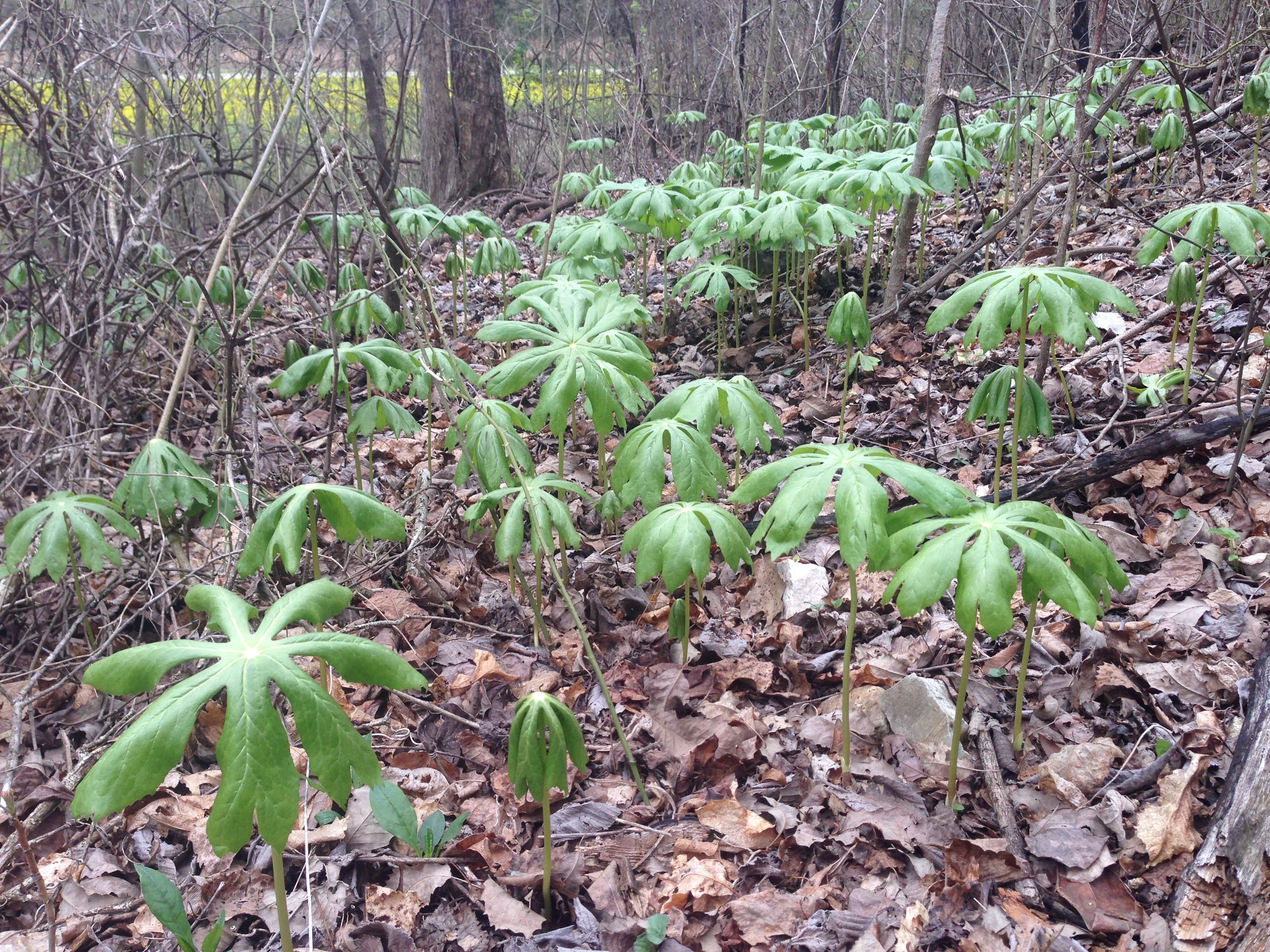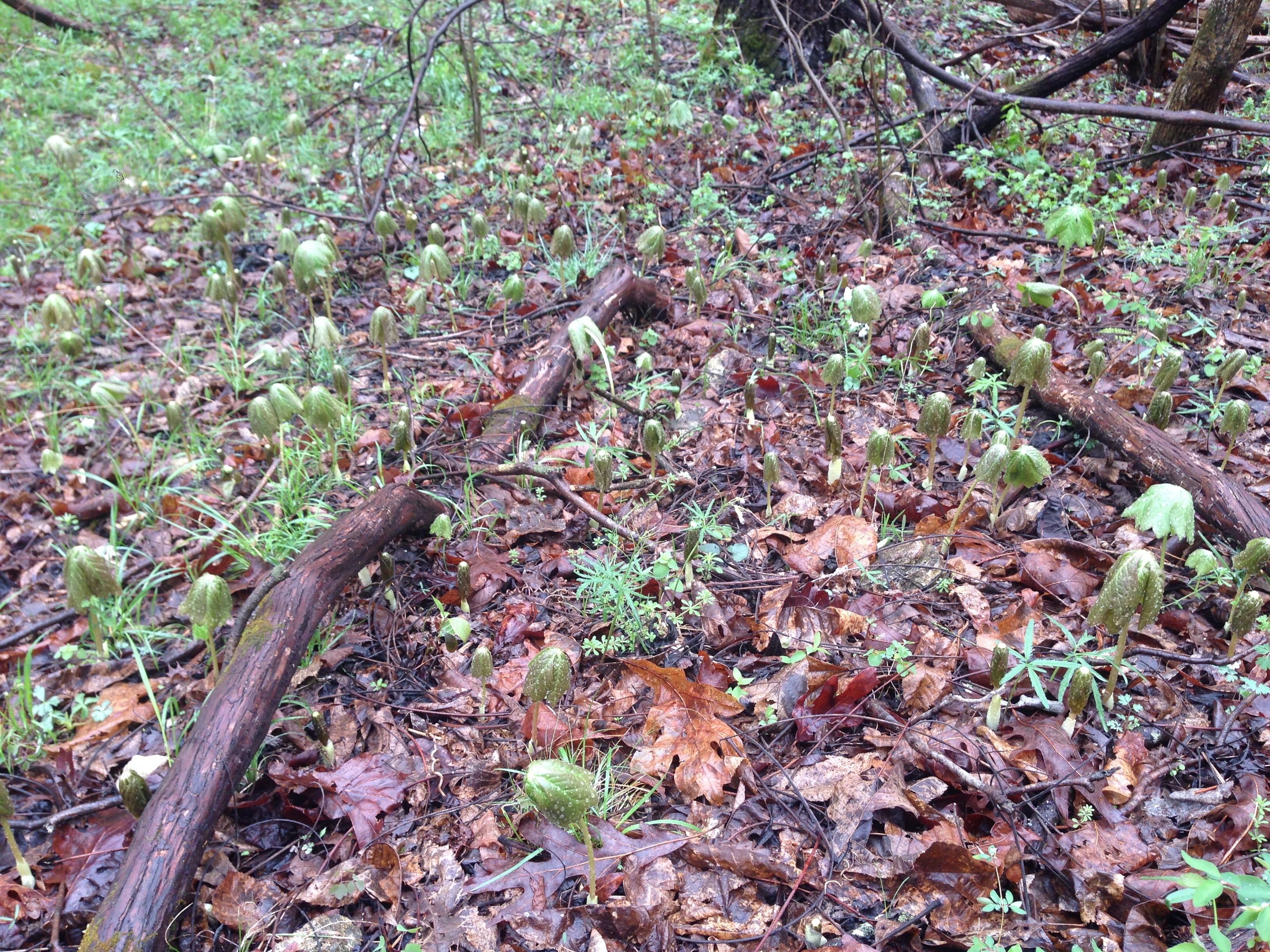There may still be a tingle of frost in the air on this eve, but the time of the morel is nigh. I can feel it in rising sap, in the prevalence of the winged ones taking flight all around me, in the inklings of new growth shooting up from the earth.
Everywhere people are incubating seed dreams to take root in spring. Seed catalogues are flung open taking up valuable table space. Countless visions flow throughout the mind stream as so many amp up expectations and fuel for this year's growing season.
But what about the wild foods, you may ask? The ones that we do not need to toil or labor to achieve, but just take a step out our back door ... or perhaps hop in a car for a short drive to a natural place?
Mushrooms
Mushrooms have long been a favorite wild food for humans throughout time and space. Our ancestors undoubtedly learned a lot from mushrooms, both sacred and mundane. Mushrooms are one of our most fabulous planetary kin, providing nourishment subtle and tangible.
For this article, we will dive into some practice and theory on..
Where to best hunt the incredible, the valuable, the delectable ...
Morchella esculenta
Where
Morels are found in the same spots every year. Ask anyone who grew up mushroom hunting. There is always "The Spot". Each year return to this special place to find a flush or perhaps only one or two. Anyone who knows anything about mushroom hunting knows about The Spots. Every area that has mushrooms has them and seasoned wildcrafters know that these spots are like Gold. Nobody discloses Their Spot!! So good luck finding a local who will tell you. Unless you're close friends, kiss that pipe dream goodbye.
At this point you must find them on your own. So where do you start?
Ravines
Morels, like most fungi, like to grow where it is moist. A low lying area, perhaps near a small creek, rivulet or wet weather stream is an ideal place to hunt for morels. In spring after some good rains is the perfect time to start your search.
(While in the ravines, keep an eye out for you just may find an arrowhead too!)
Key Identifier Species
Morels like to tag along with a few key plants. We'll call these indicator species as they prefer to grow in groups.
One of these is...
Mayapple

Are you familiar with the gorgeous and stunning Mayapple? Did you know that it also has an edible fruit? Very tasty! As soon as the mayapples start to burst forth from the earth and unfurl, keep an eye out for morels in their midst.

Usually these plants will grow in stands forming large clumps. Look under their umbrellas for delectable surprises! Look carefully as they blend in well and can get stuck under leaf matter. Another indicator species is...
Jack in the Pulpit

If you know the mixed hardwood forests of North America at all, you'll know we're basically going through species that grow in similar habitats. We're practicing reading the forest and getting to know the language the forest speaks. This is the first step for loving and caring for Place and reaping the benefits of familiarizing oneself.
I remember the first time I saw the amazing plant that is Jack in the Pulpit. It was in a nature conservation in the city. I was wandering around off trail (best place to be) and stumbled upon this incredible green lively plant that had a little secret pouch. I was instantly intrigued! ... Jack in the Pulpits, like morels and Mayapples, grow in low lying, moist areas. They were used by the Native Americans as medicine, but that's not recommended unless you're a seasoned herbalist.
Here are a few other plants (some flowering) that are out at the time of morels and are great indicators:
You'll also likely find morels next to the following types of ...
Trees
Ash or Oak
Find a downed Ash or Oak and you may be in morel territory. Beneath a mature forest's deep canopy with some dappled light coming in is where they like to hide and feast off of the bodies of fallen trees.
North Facing Slopes
I was surprised to find most of the morels on our land on a North Facing Slope, but as I thought about this it started to make great sense. The South facing slopes tend to be drier, beat down and heated up by the sun. The North slopes have natural protection and are often cooler. Look here near ravines for your best bet.
Temps
When the temps start to get around 60 during the day and 40s at night, know that Morels may start popping up. If you get a good rain in there, your chances of success have just increased!
I hope these few pointers can help you this season should you try your luck at finding these tasty forest treats.
Morels should be treated with great respect. Always cut the stem off at the ground- do not pull up the white fuzzy "roots" as this is the myceliated network and you should leave that in the ground for more progeny next year! As I mentioned at the start of the article, morels tend to come back in the same spots every year, so if you find a patch this year, mark it and check it again the next year!
